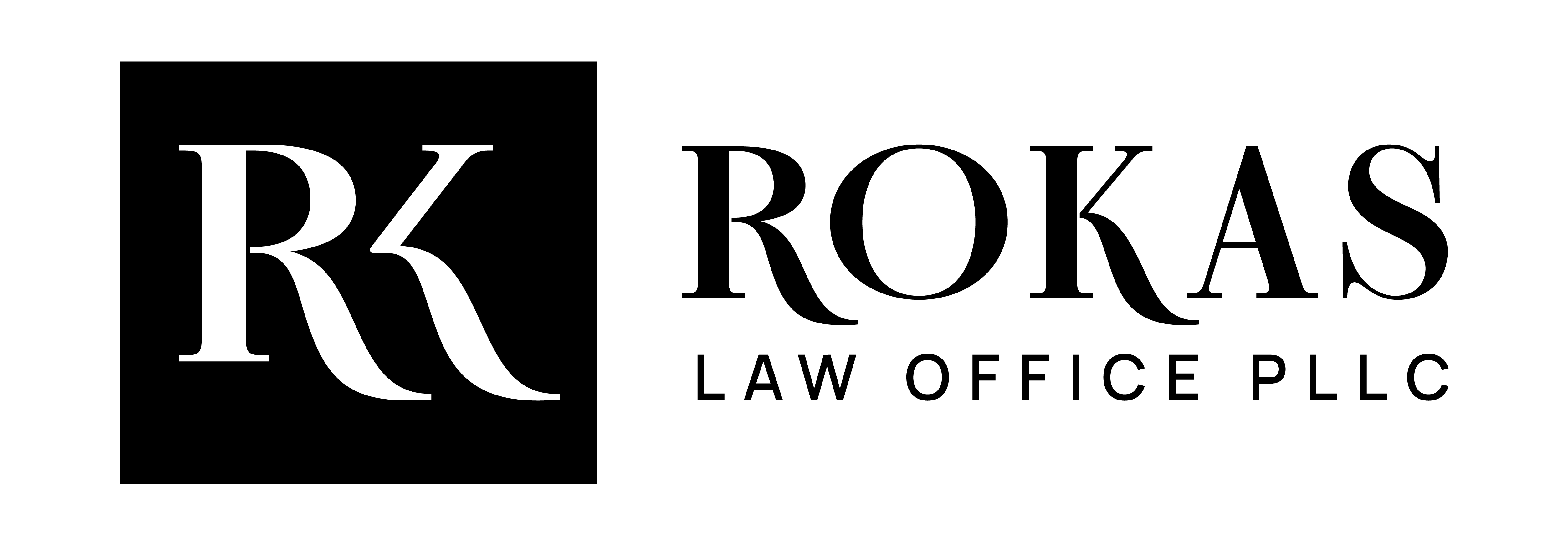
One of the most common ways to work in the U.S. is through the non-immigrant H1-B work visa. To work under this visa, a foreign national must have a job offer from a U.S. employer, and the job generally requires a university degree (or, in some cases, other specialized skills). The employer must then hire an immigration attorney to begin the visa application process. Legal fees for these cases usually run into several thousand dollars, and U.S. law requires the employer to cover these costs without charging the employee.
U.S. law limits the number of H1-B visas to 65,000 per year, but there are usually more than 65,000 applicants. (There are an additional 20,000 visas available for individuals with U.S. master’s degrees, and some jobs at non-profit organizations are exempt from the cap.) Applications are processed on a first-come, first-served basis — those wishing to start work on October 1, when the U.S. government’s fiscal year begins, must have an employer who files the petition in time before visas run out. The earliest an employer can file for an October 1 start is April 1 of the same year. As time passes after April, available visas quickly run out, often by July, meaning applicants may have to wait until the next April filing period to begin working the following October.
The H1-B visa can be renewed for up to six years and only permits employment with the specific employer who submitted the petition. Finally, the visa allows the spouse and children of the employee to reside in the U.S., but they are not authorized to work there.





